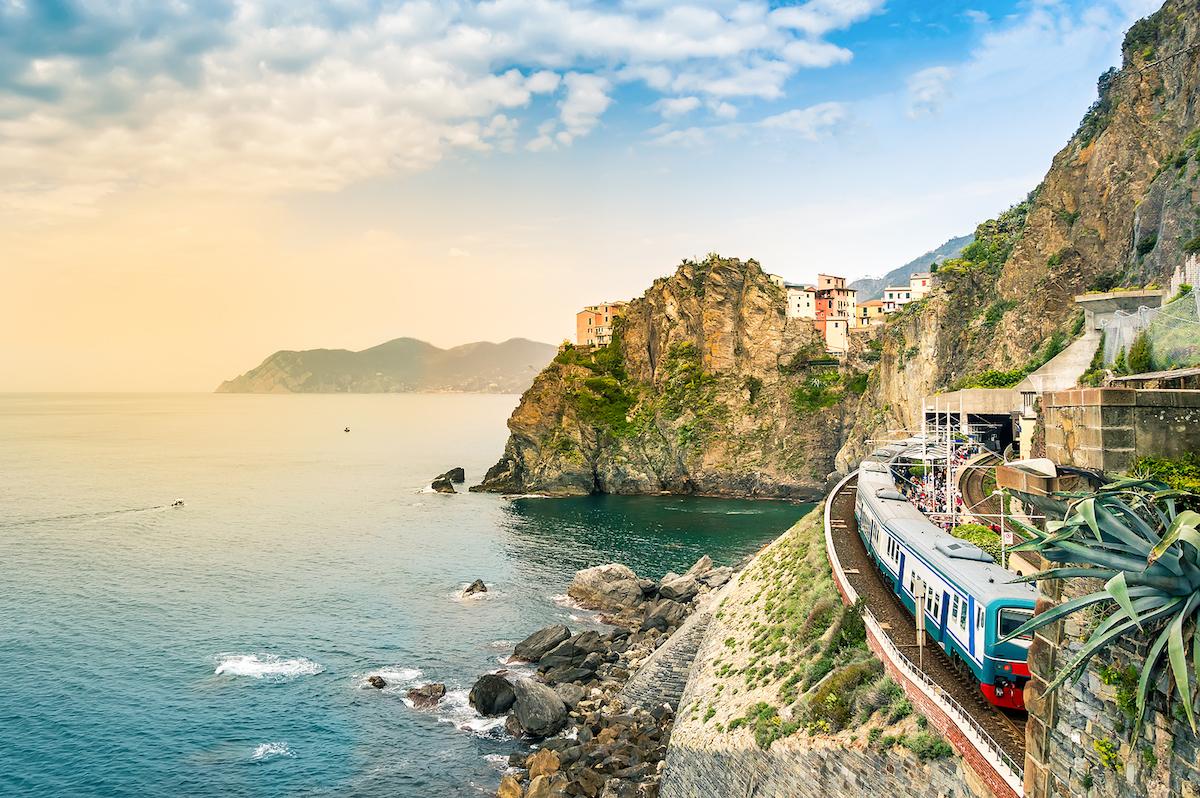Johana & Rani
FAQs

Question
Is Italy allowing international travel? COVID-19 Information.
Answer
Effective November 8, 2021, all non-immigrant, non-U.S. citizen air travelers to the United States will be required to be fully vaccinated and to provide proof of vaccination status prior to boarding an airplane to the United States. U.S. citizens and Legal Permanent Residents (LPRs) who are eligible to travel but are not fully vaccinated will need to provide proof of a negative COVID-19 test one (1) day before their flight. U.S citizens and LPRs who are fully vaccinated will need to present airlines with proof of vaccination and of a negative COVID-19 test three (3) days before their flight.
Question
Facebook Guest Party Link Page
Answer
https://fb.me/e/2Zi2PGNBd
Question
Information for travelers with Italy as destination country and the requirement to use FFp2 masks
Answer
The change concerns the Passenger Locator Form, which from 1 May will no longer be necessary. The document had been introduced in the summer of 2021 to regulate departures and contained all of the information needed to locate the traveler in the event of any Covid infection during travel. The Minister, moreover, after the approval by the competent committee of the Chamber of Deputies of the decree "end state of emergency", signed a second order, which incorporates the text of the amendment on the use of masks indoors, as approved by the committee. The requirement to use FFp2 masks remains for: Aircraft used for commercial passenger transport services Ships and ferries used for interregional transport services
Question
Eating Times in Italy
Answer
As with many countries in Southern Europe, one of the first things you’ll recognize is that Italians tend to eat later than in the USA. This slight difference can be an advantage for some, as restaurants in major locations tend to open earlier specifically for tourists. However, if you wish to live like a local, you may have to adjust. As a general rule of thumb, Italians tend to eat lunch around 1:30pm, while dinner is usually eaten between eight and nine. However, the further south you go, the later they tend to eat, often to avoid the heat of the day.
Question
Shopping in Italy
Answer
Shopping in Italy Similar to restaurants, shops in Italy tend to follow a Mediterranean pattern. In traditional areas, shops will open in the morning as usual but close during the hottest part of the afternoon, usually between one and four. They will then re-open for the evening and not close until late, often around 8 pm. It is also worth bearing in mind that many shops will be closed on Sunday, including supermarkets in more rural areas. However, in cities and popular tourist spots, shops are more inclined to be open throughout the day and on Sundays.
Question
Dress Code in Italy
Answer
There is no end to the sights to see in Italy’s major locations. The majority of these tend to have religious connotations, thanks to the country’s Christian past (and present). While the heat can leave people inclined to wear shorts and shirts while exploring Italy, bear in mind that many religious buildings enforce a dress code for entry. Therefore, if you want to explore Italy’s beautiful duomos and even some of its museums, you may have to wear more appropriate clothes. Generally, it’s best to ensure your elbows and knees are covered if you want to visit major religious landmarks.
Question
Cash or Card in Italy?
Answer
Another thing worth considering is that Italy is not as accepting of card payments as the USA. While many major locations will accept card payments, including hotels, restaurants, and shops, smaller places will still expect cash. Many museums, even in popular areas, still only accept cash payment, so it is always worth having plenty of money to hand if exploring Italy’s towns and cities.
Question
Drink Coffee the Italian Way
Answer
Coffee is one of the great rituals of Italian life, and if you want to join in, it helps to understand the etiquette behind it. In Italy, people tend only to drink cappuccinos in the morning – often standing at a bar as opposed to sitting at a table – and never after mid-morning (usually around 11). Meanwhile, coffee served at restaurants is usually only for dessert – drinking it with your main meal wouldn’t typically be considered.